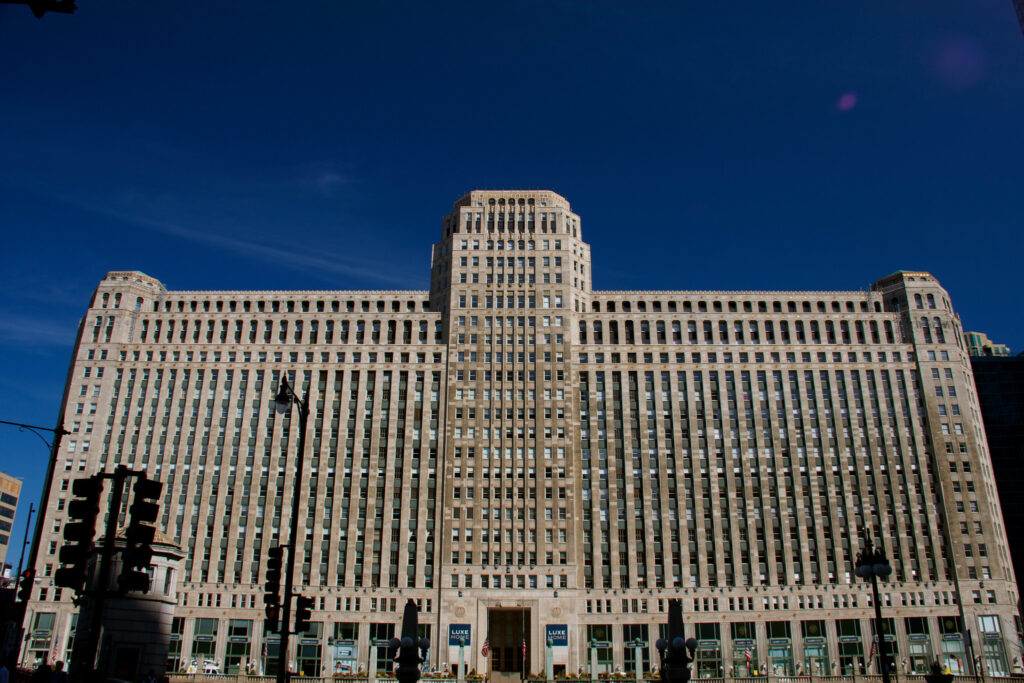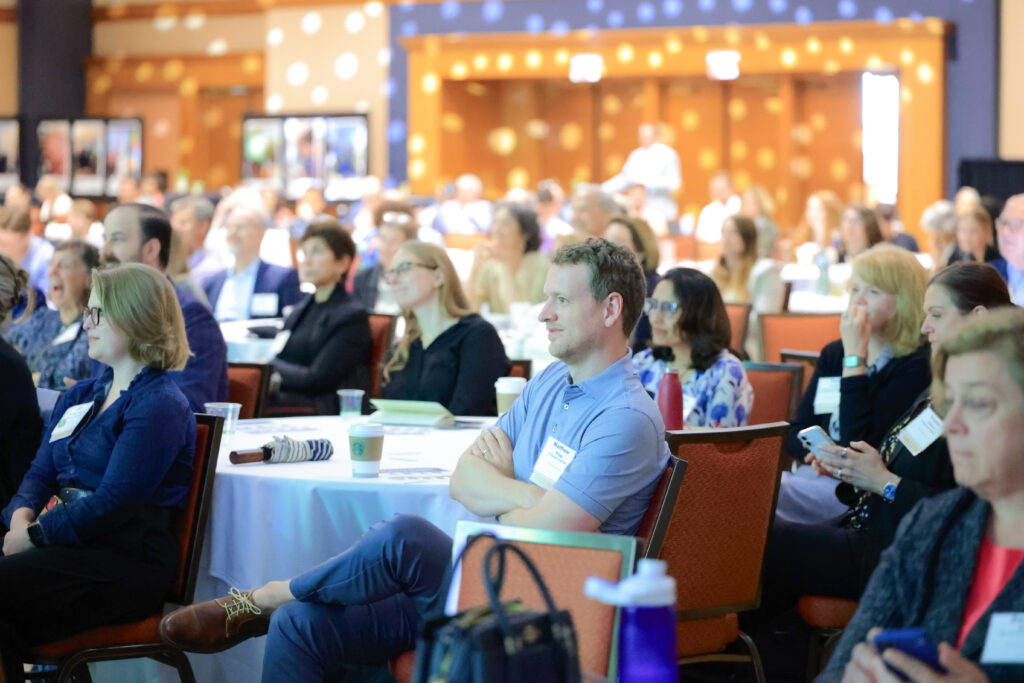Fresh off of AASHE 2019 in Spokane (the largest North American higher education conference for sustainability-focused officers, students, staff and administrators) we’re taking a look back at our favorite quotes, moments, and take home messages.
This years theme — “Co-Creating a Sustainable Economy,” — took aim at our broken economic system, one that simply cannot co-exist with a decarbonized future. More importantly, this year’s conference felt like wake up call. Perhaps because it kicked off around the same time as the harrowing climate report we received that week.
Nevertheless, the time to move to a more sustainable economy (aka wellbeing economy, post-growth economy, regenerative economy, restorative economy, and yes, the circular economy) is right now. With ~20 million college students nationwide, what better way to move toward circularity than by starting with the academic sector?
AASHE 2019 Recap
Monday, 10/28:Assessing the State of Sustainability in Higher Education + a Rube Goldberg Analogy for the Circular Economy
“ We realize that the time for the circular economy is here. We must make sure that the programs we invest in address multiple levels of sustainability.”
Fahmida Ahmed Bangert. Director, Sustainability at Stanford University
Day 1 at AASHE felt personal from the start. “My kids are going to school in masks”, cries Fahmida Bangert, of Stanford University’s Sustainability team, as the sun barely rises on Monday morning.
Stanford has aggressive plans for the future—a zero waste goal by 2030. Withall of the planning that goes into such a lofty goal of net zero waste by 2030, the time to operationalize sustainability is right now.
Stanford isn’t alone. The Environmental Association for Universities and Colleges has declared a climate emergency. 7,000+ global colleges have joined the fight, many with similar Stanford-esque zero waste goals (some by 2025!). To date, over 600 college presidents and institutions are committed to making climate change a priority in operations, education, and research. It’s clear that colleges and universities are ready to embark on a mission to set ambitious climate change goals. But what’s also clear is that systemic change must occur for any action to take root.
There’s plenty of work left with the three R’s — especially the one in the middle.
With several institutions publicly announcing less than 40% diversion rate, one common theme throughout the Day 1 is that it’s becoming increasingly clear that there must be significant improvement with waste disposition and recovery infrastructure in order to reduce, reuse and recycle your way to net zero waste.
Connecting sustainability to operations and procurement must occurto in order to achieve higher waste diversion rates.
“We must be more aware, thoughtful and proactive about how we are prioritizing projects.”
Cindy Shea, University of North Carolina- Chapel Hill
“There are challenges and opportunities to set specific consensus goals and metrics, to find different pathways to success”
Richard Miller, the University of Connecticut
Dano Weisbord, Administrative Director of CEEDS & Campus Planning at Smith College, put it bluntly: “We need to think carefully about how we’re doing work”. He went on to say that sustainability initiatives in general are a “battle for mind share” on campuses. Because of this, sustainability professionals in higher education are struggling with unrealistic levels of effort — and getting burned for it. The focus instead must be on quick wins with material impact (like for instance, understanding where valuable resources even exist in the first place, so that they can be rediscovered and reused over and over again.
An institution’s reuse program operates similarly to a Rube Goldberg machine

Making matters more difficult, the very nature of a circular-minded institution is extremely difficult to manage and maintain. Material flows and feedback loops must remain transparent at all times, so much so that Ellen MacArthur Foundation put together a number of comprehensive circular economy guides to make sense of it all.
The circular economy requires a well-oiled machine in order to operate efficiently on campuses. Ayers Saint Gross, a Baltimore-based architectural firm, who spoke on Monday, likened it to a Rube Goldberg machine (shown above is the timeless cartoon of trying to fish an olive out of long-necked bottle).
Unfortunately, spreadsheets and homegrown solutions used to operationalize sustainability efforts may be enough to deliver statistical proof that sustainability initiatives are in existence, but they fail to provide full transparency or inspire/change behavior. According to the firm, pairing “succinct information with graphic visualization” can push engagement among students, faculty, and administrators to new heights. In addition, a digital infrastructure for the circular economy, one that supports sustainable purchasing decisions and reuse across decentralized departments must be adopted quickly, and that we’re tackling head on at Rheaply.
Tuesday, 10/29: Lab + Medical Waste is Still Running Rampant
“It is estimated that bio scientific waste is responsible for ~2% of total global plastic production, the equivalent of 67 cruise ships/year” ~Star Scott,The University of Georgia
Across the nation and the world, scientific laboratories continue to create an alarming amount of waste, consume large amounts of water, and create risks from hazardous chemicals in long-term storage.
It’s becoming increasingly clear that action is needed right now to (1) purchase products that are responsibly sourced and (2) navigate the on-site challenges for waste diversion that still plague universities. Members of the International Institute for Sustainable Laboratories (I2SL) Landfill Diversion Working Group (LDWG) presented at AASHE highlighted the challenges related to these arenas.
Here’s just a few of the issues still affecting research labs — and how Rheaply can help:
- Inadequate space for collections
- Time diverted from research
- Need for extended producer responsibility
- Need for funding
- Support required by a mix of stakeholders
- Finding a recycler that will take lab materials
It’s clear that the time and money devoted towards planning for waste diversion in laboratories is the root cause of some of these underlying issues to begin with and why research institutions are lagging behind when it comes to sustainability.
Each university or research institution must adhere to different protocols for how laboratory waste streams are handled, and this collective effort creates a natural uncertainty between building managers, laboratory staff, and department heads of what to do with “end-of-life” (read: unwanted) research items. Researchers are simply too busy to spend their time developing sustainable policies for their department.
Rheaply democratizes reuse on a unified platform
To cut through the complexities of managing reuse in a decentralized environment (like a university), Rheaply has created an asset management technology that powers a shared economy for resources when equipment and assets are no longer needed internally, so that universities, non-profits, and charities can make better use of such assets/resources. And there is no more urgent of a time to do so than now:
“Understanding the pace and scale of the problem of climate change informs the pace and the scale of the solution we need”
Bill McKibben, Author, Environmentalist, Activist and AASHE 2019 Closing Keynote

